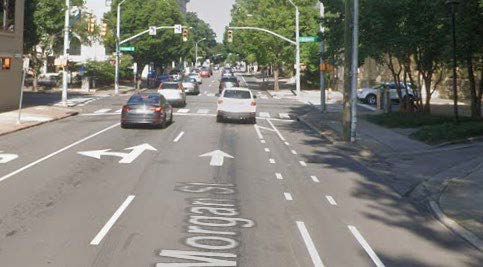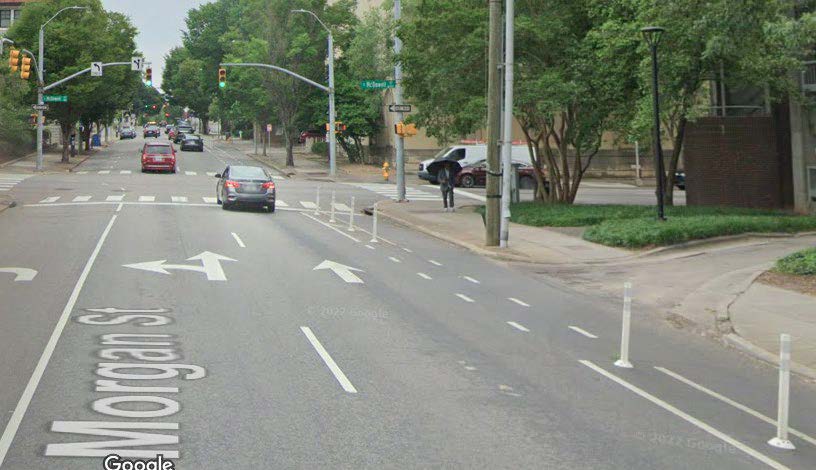This project documents the experience of separated bike lane (SBL) planning and design in North Carolina. Separated bike lanes are a relatively new phenomenon in the state, and there are few examples of in-the-ground projects to serve as reference points. The research team sought to summarize existing research and guidance on these bicycle facilities both within and outside the state, assess the current state of practice in NC communities, and conduct safety evaluations of ongoing SBL project to understand their impact on road users. The study monitored bicyclist-motorist conflicts, bicycle volume, and other cyclist behaviors via video data collected at 10 sites along four SBLs in Charlotte and Raleigh to better understand the safety and operational outcomes of SBL applications in North Carolina. Findings can be used to shape discussions around SBL planning and implementation in NC and offer guidance for agencies considering these bicycle facilities in their roadway improvements.


